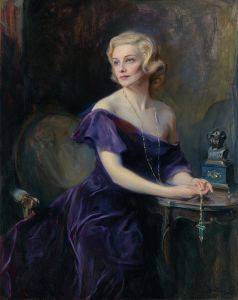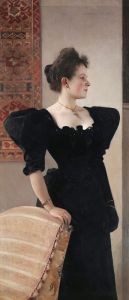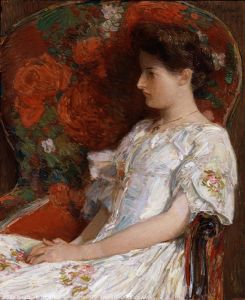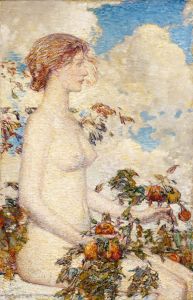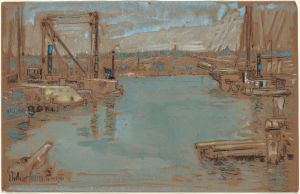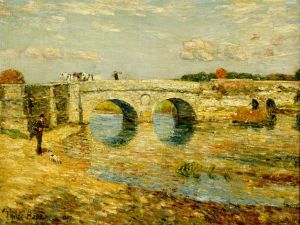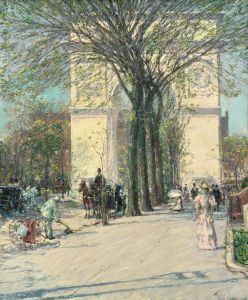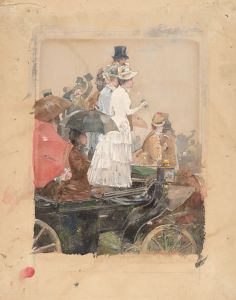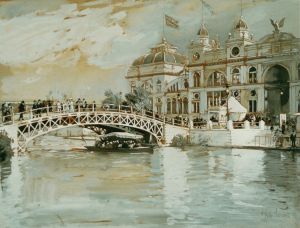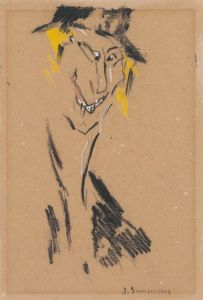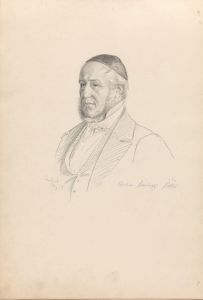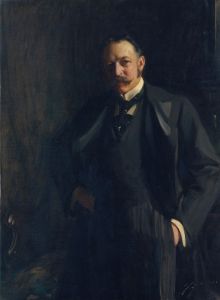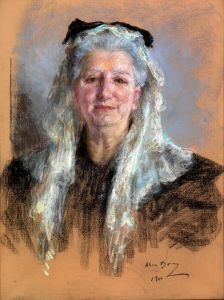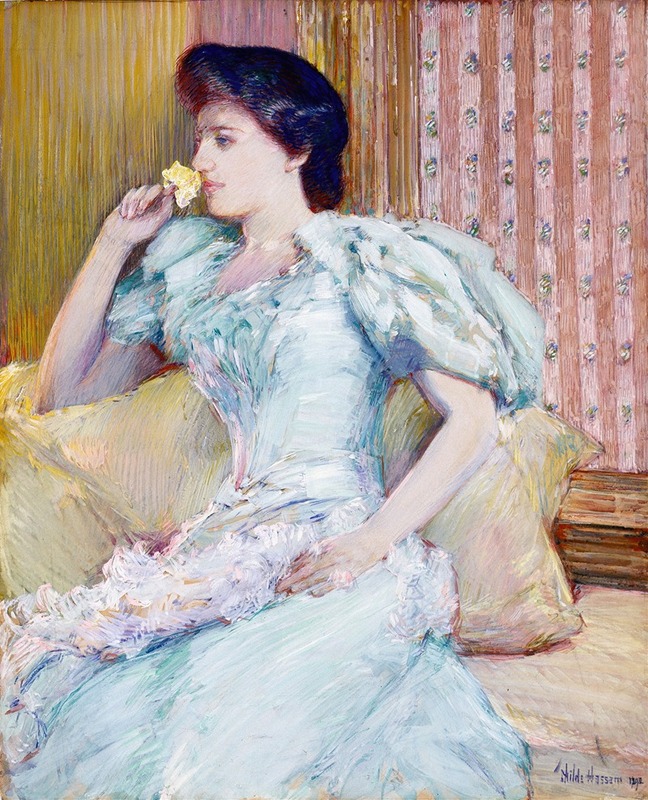
Lillie
A hand-painted replica of Childe Hassam’s masterpiece Lillie, meticulously crafted by professional artists to capture the true essence of the original. Each piece is created with museum-quality canvas and rare mineral pigments, carefully painted by experienced artists with delicate brushstrokes and rich, layered colors to perfectly recreate the texture of the original artwork. Unlike machine-printed reproductions, this hand-painted version brings the painting to life, infused with the artist’s emotions and skill in every stroke. Whether for personal collection or home decoration, it instantly elevates the artistic atmosphere of any space.
"Lillie" is a painting by the American Impressionist artist Childe Hassam, created in 1882. Childe Hassam, born Frederick Childe Hassam on October 17, 1859, in Dorchester, Massachusetts, was a prominent figure in the American Impressionist movement. He is best known for his urban and coastal scenes, capturing the essence of American life in the late 19th and early 20th centuries.
The painting "Lillie" is an early work in Hassam's career, showcasing his developing style and interest in capturing light and atmosphere. During this period, Hassam was exploring different techniques and subjects, influenced by both American and European art traditions. His work from this time often reflects a blend of realism and impressionism, as he was still honing the distinct style that would later define his career.
"Lillie" depicts a young woman, presumably named Lillie, though specific details about her identity are not widely documented. The painting is characterized by its delicate brushwork and attention to detail, particularly in the rendering of the subject's features and attire. Hassam's use of light and shadow in this piece demonstrates his growing interest in the effects of natural light, a hallmark of his later works.
The composition of "Lillie" is intimate, focusing closely on the subject, which suggests a personal connection or a commissioned portrait. The background is understated, allowing the viewer's attention to remain on the figure of Lillie. This approach is typical of portraiture from the period, where the emphasis is placed on the subject's expression and demeanor.
Hassam's early works, including "Lillie," were influenced by his training and experiences in Boston and Europe. Before creating "Lillie," Hassam had studied at the Lowell Institute in Boston and worked as an illustrator. His travels to Europe, particularly to Paris, exposed him to the Impressionist movement, which profoundly impacted his artistic development. Although "Lillie" predates his formal studies in Paris, it hints at the stylistic evolution that would occur in his later works.
Throughout his career, Hassam produced over 3,000 paintings, watercolors, etchings, and lithographs. He became a leading figure in the American Impressionist movement, known for his depictions of urban scenes, landscapes, and interiors. His works are celebrated for their vibrant color palettes and ability to capture the fleeting effects of light and atmosphere.
"Lillie" represents an important stage in Hassam's artistic journey, reflecting his early exploration of portraiture and his burgeoning interest in impressionistic techniques. While it may not be as widely recognized as some of his later works, it provides valuable insight into the development of one of America's foremost Impressionist painters.
Today, Childe Hassam's works are held in major museums and collections across the United States, including the Metropolitan Museum of Art, the Art Institute of Chicago, and the Smithsonian American Art Museum. His contributions to American art continue to be studied and appreciated for their innovative approach and enduring beauty.





